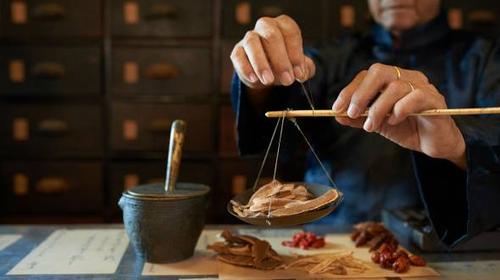Chestnuts, as a popular nut, are characterized by their high starch content and low fat, with the carbohydrate content in dried chestnuts reaching up to 77%, similar to grains; fresh chestnuts also have a carbohydrate content of 40%, more than twice that of potatoes. The protein content ranges from 4% to 5%, which, although lower than peanuts or walnuts, still surpasses that of cooked rice. It is evident that consuming chestnuts in moderation is beneficial for health, but what potential risks may arise from excessive intake?
Firstly, consuming raw chestnuts in excess may lead to indigestion, particularly for those with poor digestive system function, as an abundance of chestnuts can burden the gastrointestinal tract. Overeating cooked chestnuts can also cause bloating, which is similarly detrimental to a healthy digestive system.
Secondly, due to their high starch content, chestnuts may cause bloating issues. Unlike the fiber found in rice, flour, and vegetables, the indigestible carbohydrates in chestnuts ferment in the intestines, producing gas that leads to discomfort and even constipation.
As for ways to consume chestnuts, there are two common options: one is roasted chestnuts, a small fruit variety high in sugar and protein, such as those from the Yanshan Mountains in Hebei, which have a sticky and soft texture; the other is larger chestnuts, which have lower sugar content and higher starch levels, making them suitable for cooking in dishes, pastries, or for canning, with Jiangsu and Hubei being representative production areas.
Regarding the supply of chestnuts, thanks to modern preservation technology, although chestnuts are a seasonal ingredient, they are now available in markets almost year-round. With professional cold chain storage, people can enjoy fresh chestnuts out of season.
As for the handling of boiled chestnuts, it is recommended not to rinse them with cold water, as this can harden the chestnuts and make peeling difficult; it is best to peel them while they are still warm, as this makes the process easier and helps maintain the integrity of the flesh.
In conclusion, while chestnuts are beneficial, moderation is key, especially considering their high sugar content; diabetic patients need to be particularly cautious. Correct consumption methods and moderation principles can help people better enjoy the deliciousness and health benefits that chestnuts provide.


